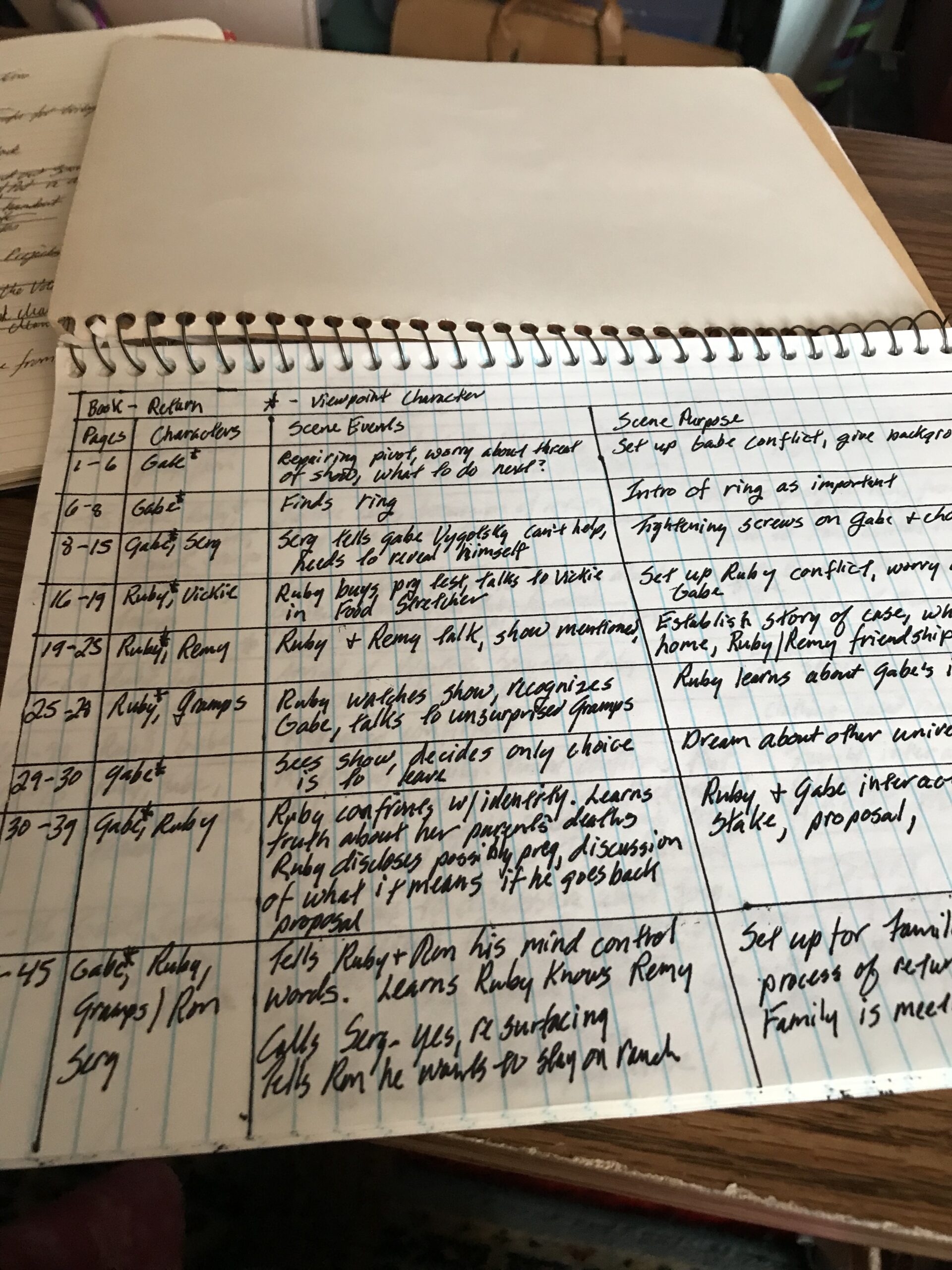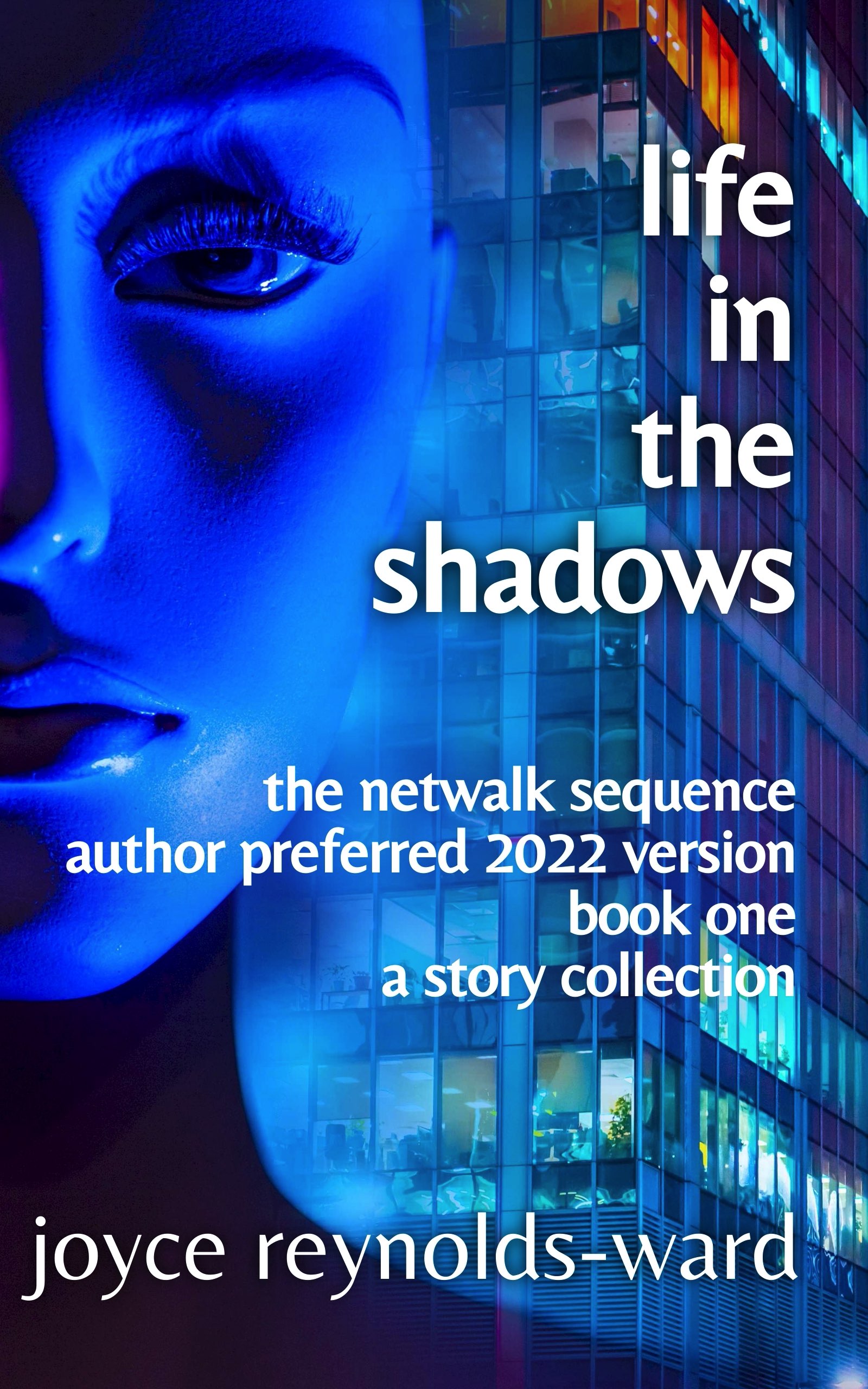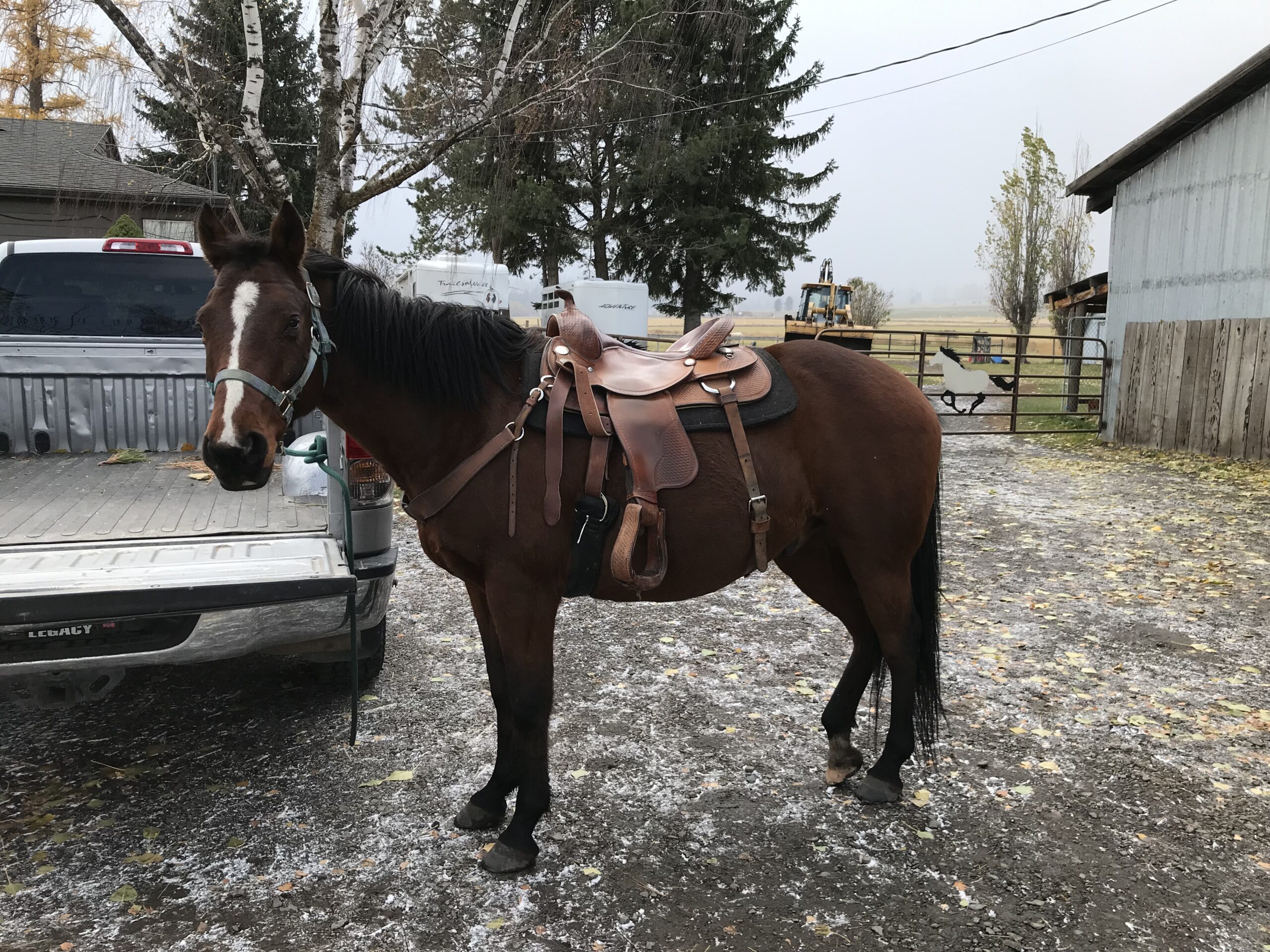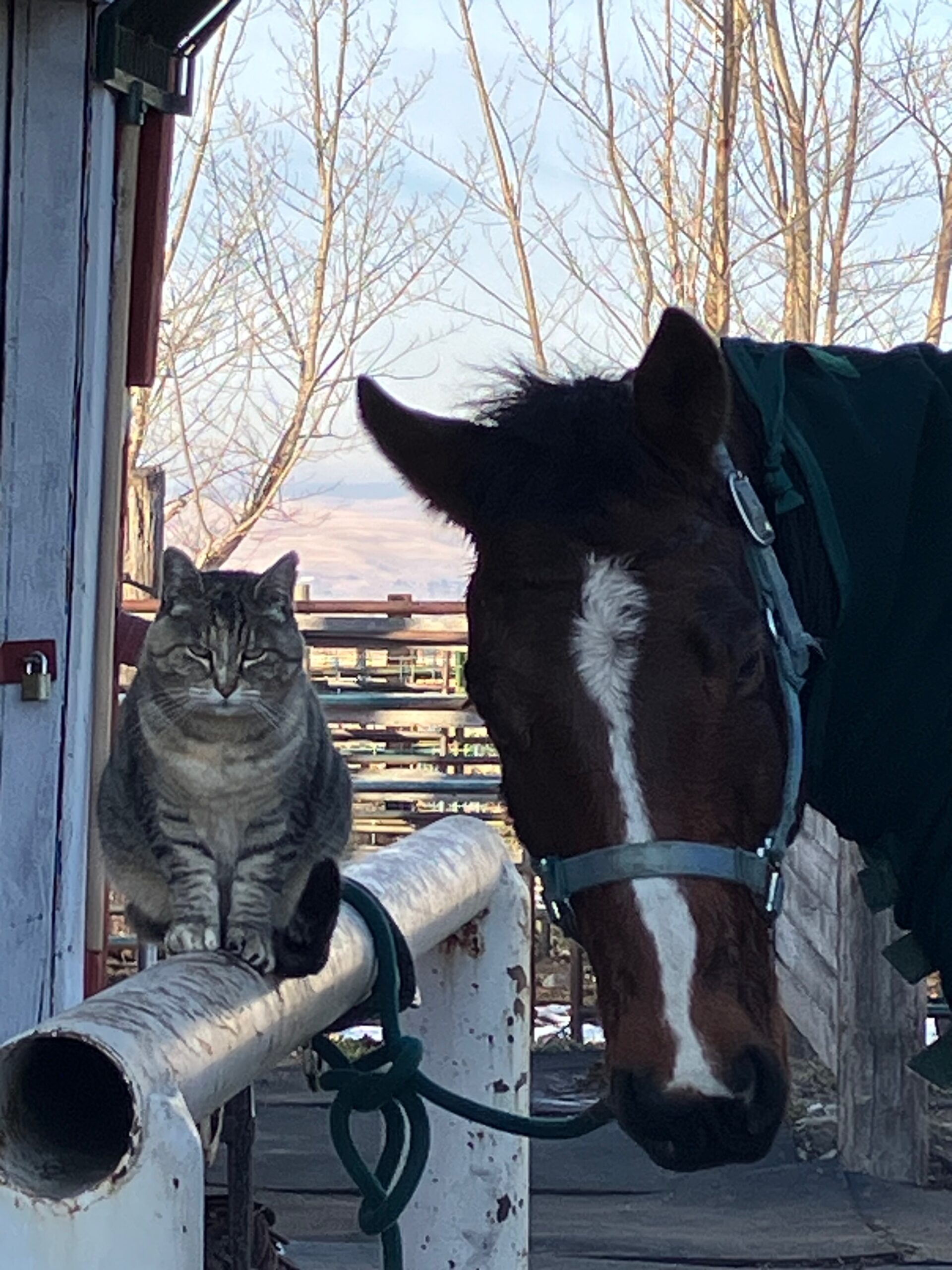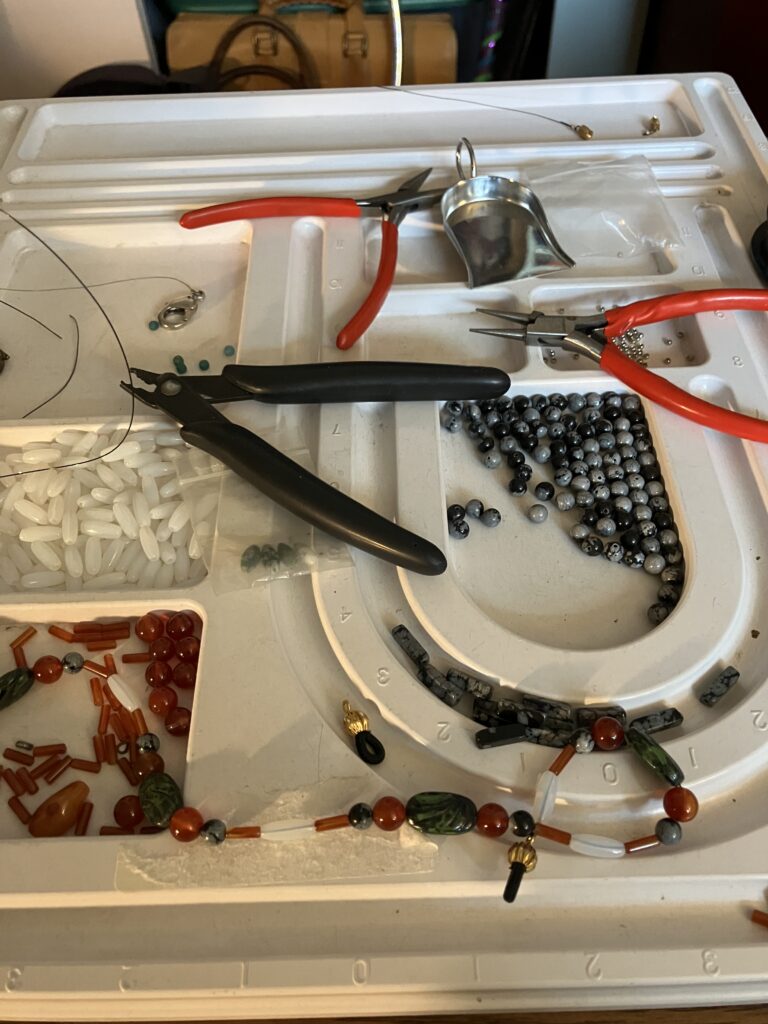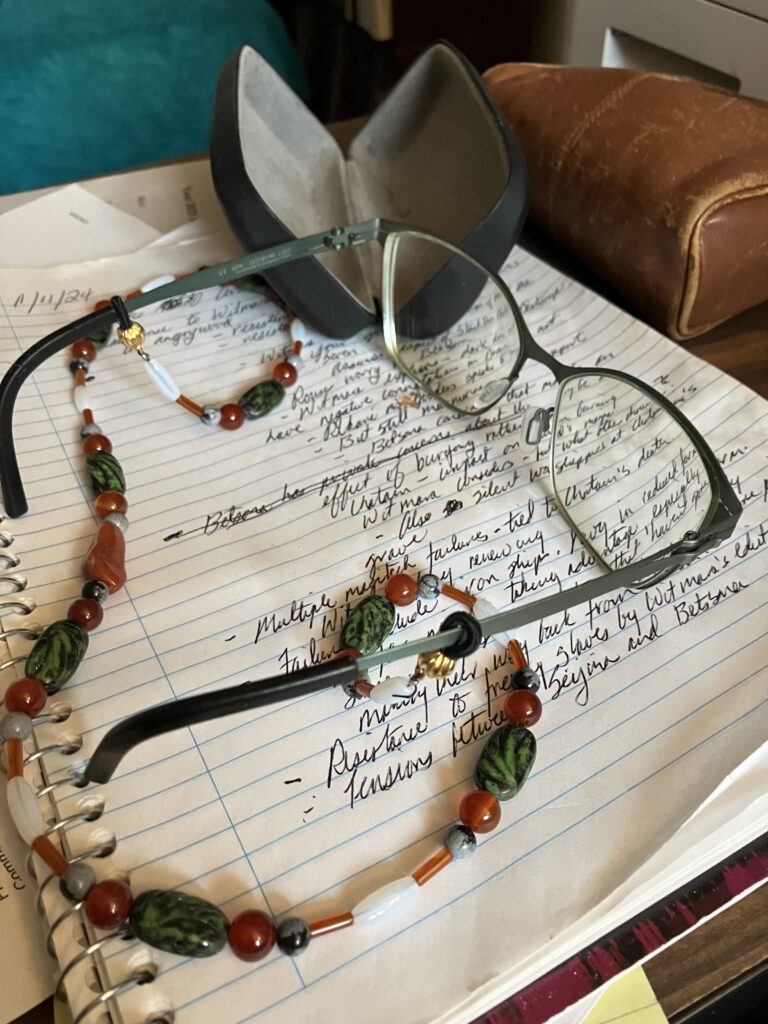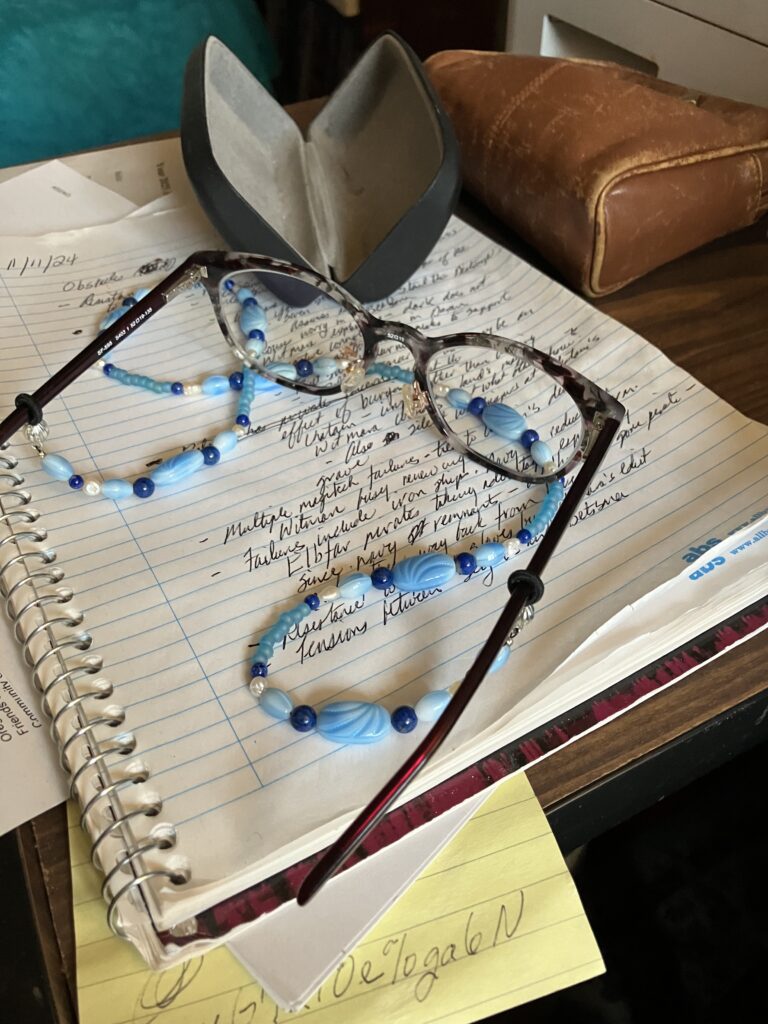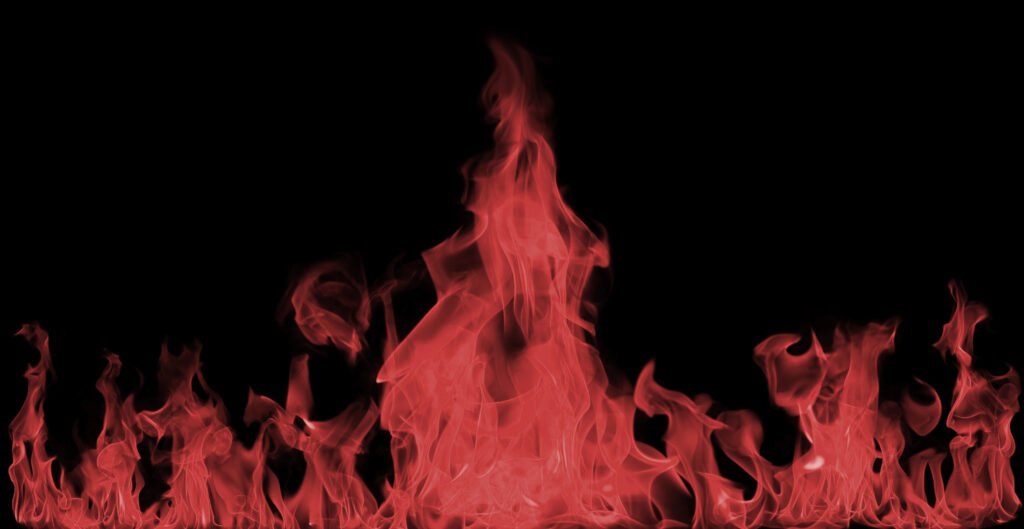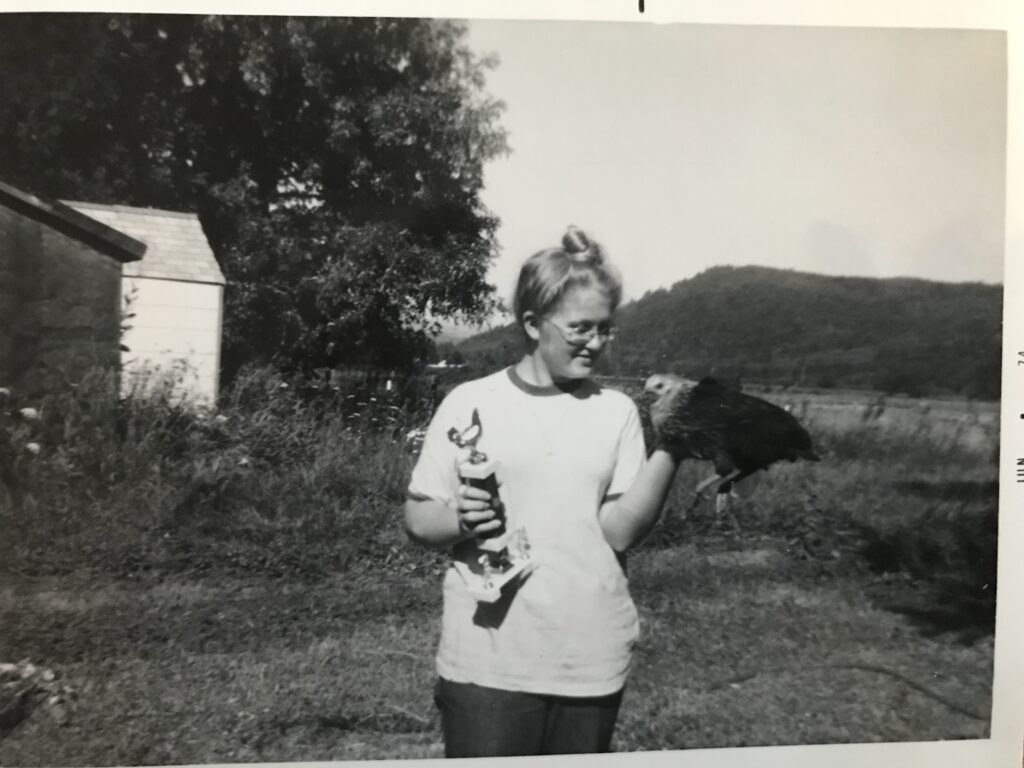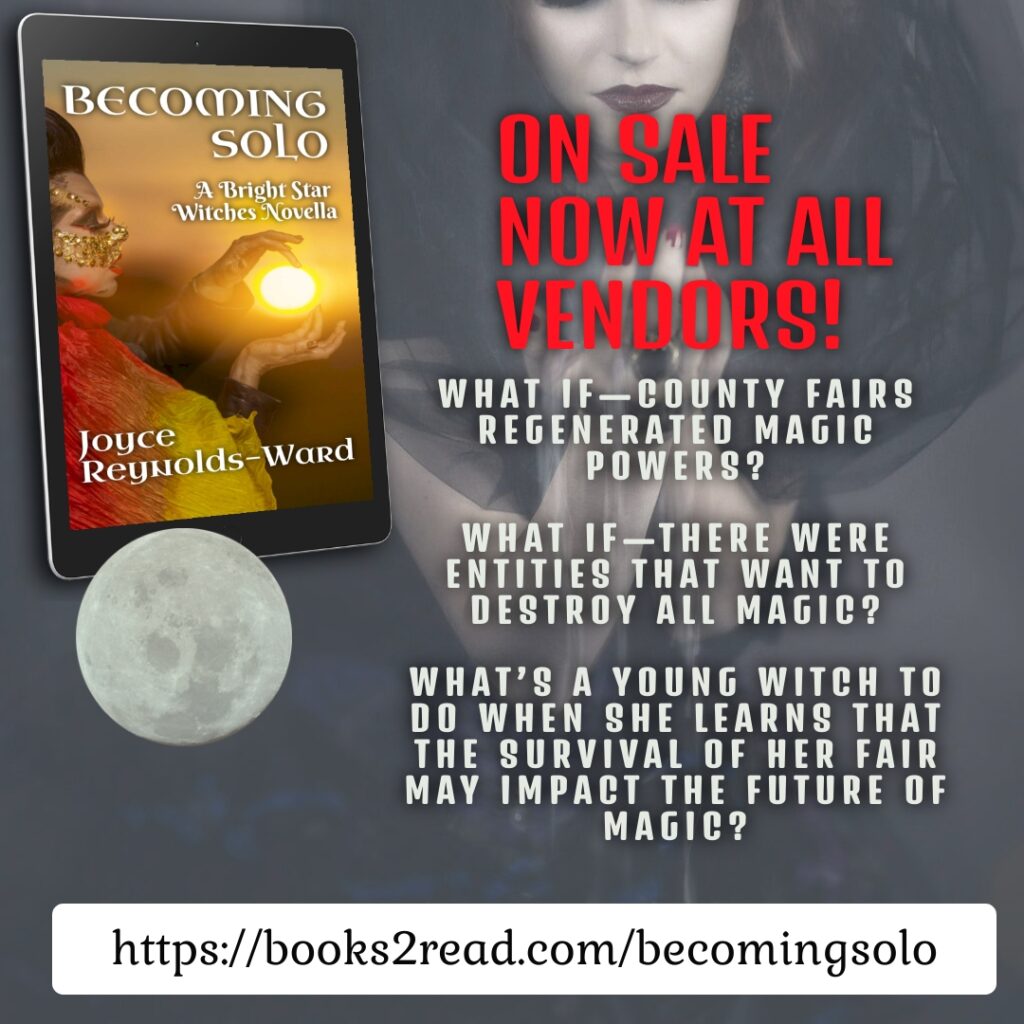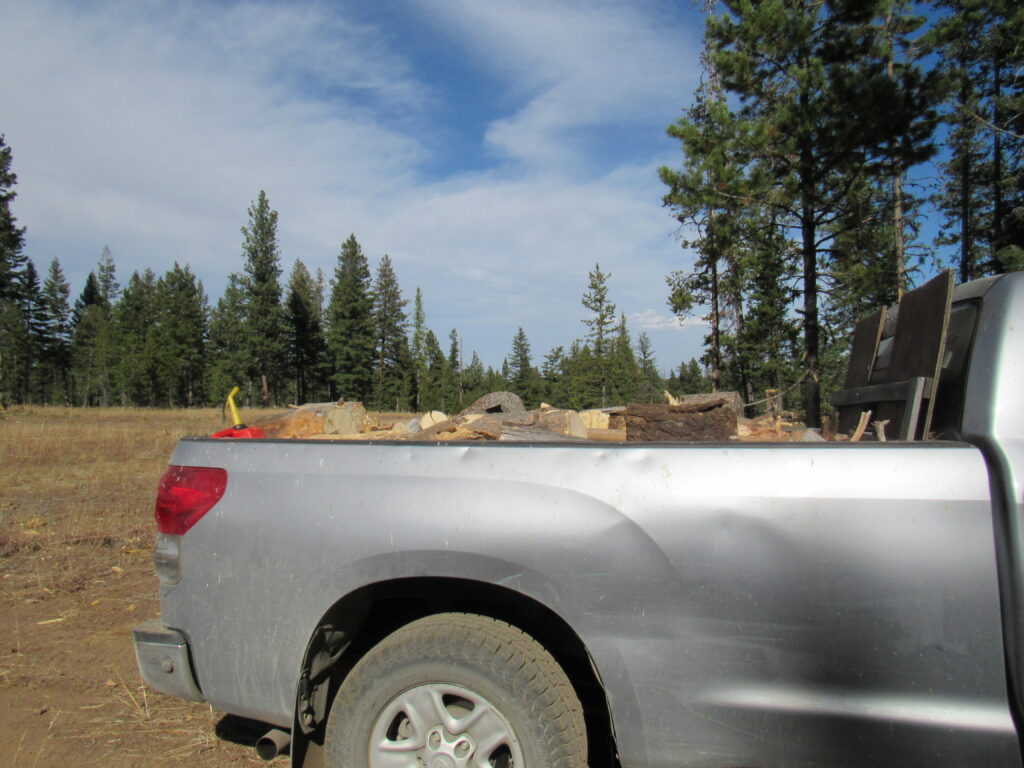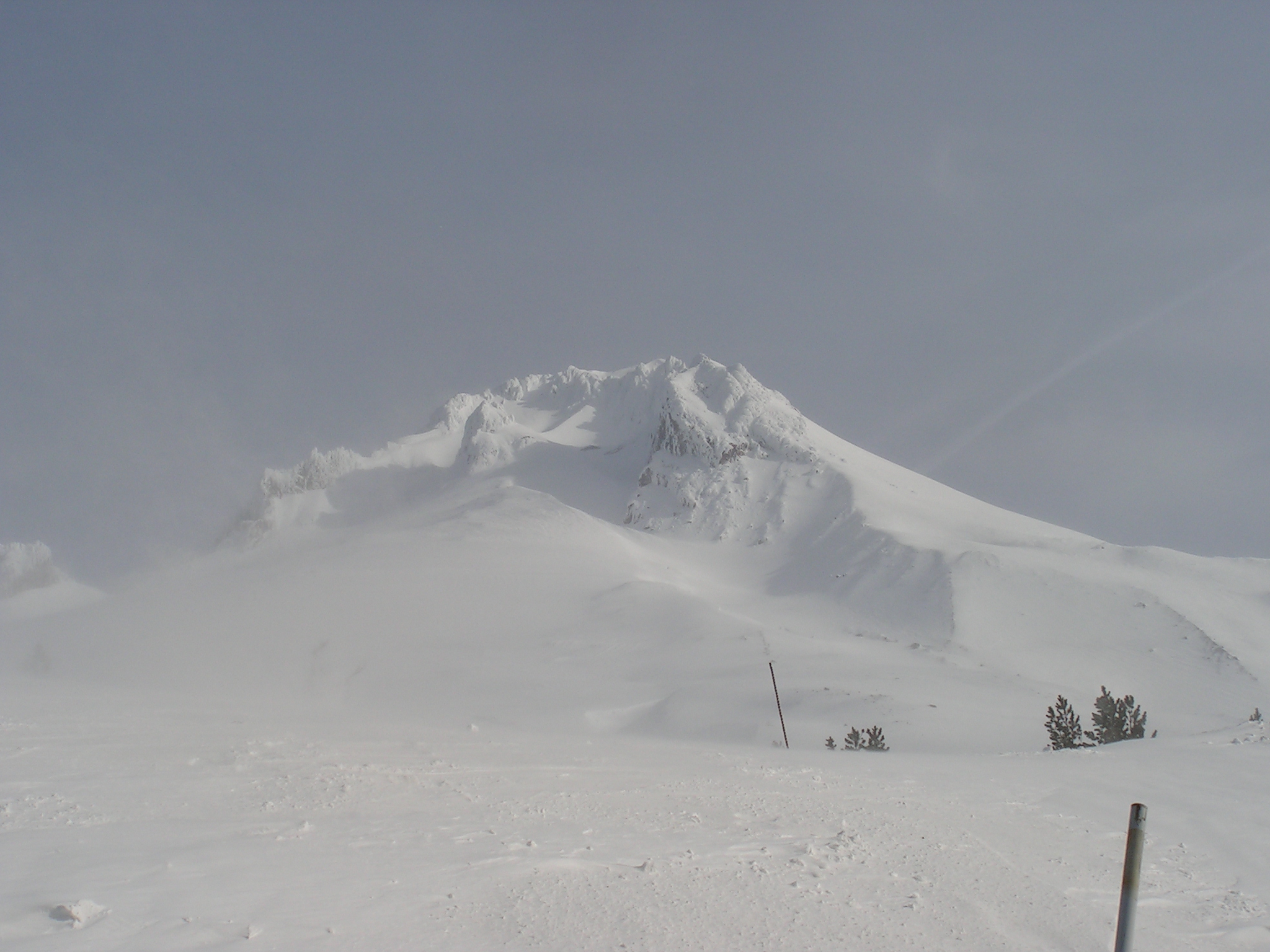
Welcome! This year I’m creating a set of posts/blogs/whatever you want to call them about the “story-behind-the story” for my backlist. This month, the Netwalk Sequence is my featured series. It’s the first series I published and as I went through a recent update, I was surprised at how relevant it is, even though the books are over a decade old.
Housekeeping note: all related posts will be linked at the bottom on the Substack publication.
One thing that pops up very early in the Netwalk stories is the role that skiing plays as a part of the main characters’ everyday life. Diana and Will use casual encounters on the ski slopes to hide their relationship from their powerful parents. Their daughter Melanie was a former World Cup skier, and uses skiing as a means of getting her ADHD brain in focus for the day (when she’s not riding horses or hiking). Melanie’s daughter Bess plays a role in establishing dust skiing on the Moon, not just as an eventual tourist activity but as a means for emergency rescue and travel.
But why skiing and cyberpunk?
Why not?
The final form of the Netwalk books came about while I was teaching on Mt. Hood and had a brief (around ten years) period where I spent a lot of time on skis and around ski culture. While the interest varied by year, a lot of my students dreamed of being the next big thing in ski movies, ski racing, or X-Games culture. They skated and/or mountain biked in the off season. Some of them temporarily left school during the ski season to attend a ski racing academy. Many students participated in open skate nights at another academy, Windell’s, which focused on developing competitive skaters and park ski/snowboard competitors.
I spent a lot of time skiing at Timberline Lodge, from when it would first open up to the last days of the regular season, before summer season and the really high lift ticket prices (Timberline is one of the few places in North America with a nearly year-round schedule. Summer skiing focuses on ski teams and ski team clinics). I saw Hood/Wy’East in a lot of its moods—from those gorgeous bluebird days to stormy wet snow days with clouds drifting around to obscure the run above the tree line so that it was impossible at times to discern what was snow and what was air.
More than that, a lot of those skiers/boarders are risk-takers, especially the ones interested in doing the jumps and obstacles in the park courses. A lot of the younger ones embrace a certain degree of outlaw mentality, especially in the era when I was plotting the Netwalk books and putting them together. Sometimes I had the chance to talk about cyberpunk concepts and dust skiing on the Moon with people on the lifts with me—and I came away surprised by the number of people who were eager to consider dust skiing on the Moon, or hanging out on space stations, and so on.
It wasn’t just the slopes. It was Hood/Wy’East in its own right. The feel of both the day lodge and Timberline Lodge, the mixture of families and risk takers. Lower down, with the rivers and the deep damp woods. Roads leading off into wildernesses that have had people disappear…with no sign of where they went. The perpetual rain in winter that adds to a particular mood. Losing cellular service within a short distance of the main highway. The sign at Timberline’s Wy’East Day Lodge which talks about the “Mt. Hood Triangle”—referring to the way that the slope twists from the summit down to the Lodge, sending unwary climbers, skiers, and boarders into the canyons to the west of Timberline instead of directly down to the Lodge.
The self-reliant culture of many of the residents of the area, because a good storm can pretty much isolate the villages along the highway.
I encountered those situations lots of times. The windstorm that not only shut school down early for the winter holiday due to trees falling everywhere but sent a landslide across the main highway. Driving to work only to see workers cutting up a big tree that fell across the highway due to high winds. Losing power during the day and continuing to teach classes.
There’s more to that mountain culture. The number of isolated residences along the small logging roads off of the highway, and people who camp out on Forest Service land nearly year-round. The drifting families who appeared when it was time to work at the resorts during the ski season. The very closely-knit Hispanic families living on the Mountain. Students who hadn’t even gone all the way into Portland, forty miles away, much less any other places. People who were hiding out from other people, for assorted reasons.
A mixture of high poverty and high wealth.
All of those elements go into the backstory and worldbuilding of the Netwalk series. The independence and outside-of-the-box thinking that drives the younger members of the family who were raised in that culture which tends toward an obscured outlaw attitude, even amongst those who don’t necessarily embrace it.
A cyberpunk attitude, so to speak. Which carries over very nicely into the Netwalk world I created.
Hood/Wy’East isn’t the only setting in the Netwalk books, but in so many ways it is the dominant one because it plays so big a role in making Melanie, then Bess, who they are. It hints at the eventual estrangement between Melanie and Diana. It creates Bess as a risk-taker comfortable in space, for her own reasons.
Want to read the books that meld skiing and cyberpunk? Try the second book in The Netwalk Sequence, Netwalk, here. Link includes Kindle
Or get Netwalker Uprising, the third book in the series, on sale this week for $2.99 at all major ebook outlets. Link includes Kindle, find it here.
Skiing on the Moon shows up in other volumes, namely Learning in Space and Netwalking Space.
Or if you’d like to chuck a few coins in my direction, here’s my Ko-fi.

